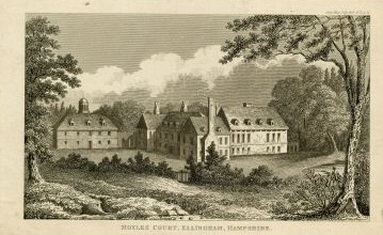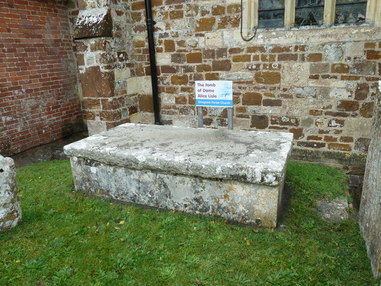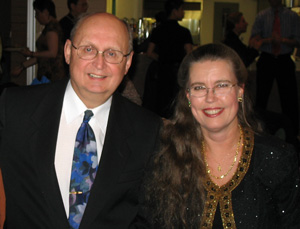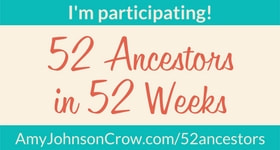 Lady Alice (Beconsaw) Lisle
Lady Alice (Beconsaw) Lisle I’m talking here about Alice (or Alicia) Beconsaw, the wife of Lord John Lisle, regicide, who I wrote about last week. They are my 9 times Great Grandparents. Born in Ellingham near Ringwood, Hampshire in England, and likely at her family's estate of Moyles Court, she was the elder daughter of Sir White Beconsaw (this name has many spelling variations) and Edith Bond. Alice was baptised 24 Sep 1617 in Ellingham and grew up at Moyles Court.
In 1636 at the age of 19 , she married John Lisle at the Anglican parish church in Ellingham, Hampshire. At this time her parents assigned her the inheritance of Moyles Court property. John received life tenancy. He was a lawyer and a politician who sided with the anti-royalists during the civil war and joined Cromwell’s team during the ensuing creation of the Commonwealth. As their family grew, their religious affiliations also shifted, and they became nonconformists. In 1643 their daughter Margaret Lisle was baptized at Mr Lisle’s Chamber in the Puritan Temple Church in Hampshire.

In 1664 when Alice was 47, her husband was assassinated in Switzerland, shot in the back by an Irish royalist. She was left an outcast from family as well as society, and ridiculed for her religion. According to the excellent and well researched book titled "The Regicide's Widow": "Moyles Court became one of the many refuges of these Nonconformist nomads [displaced ministers], and Alice Lisle undoubtedly risked prosecution for those she sheltered." There was a reported gathering of 200 Presbyterians there in 1669. Two of the displaced ministers became her sons-in-law: Bridget married Leonard Hoar, and Margaret married Rev Robert Whitaker (my ancestors). Other dissenting ministers obviously had her acquaintance and sympathy, and perhaps her friendship.
Their cause was short lived, for the rebel forces were quickly defeated by James II's troops, with many rebels fleeing. After a concentrated manhunt, Monmouth and his chiefs were captured and beheaded, although some of his rebels remained at large. This is when Hicks and his companions Nelthorp and Dunne sought shelter at Moyles Court. Their arrival was betrayed by their guide, and Alice was arrested as well as the fugitives and jailed at Salisbury pending trial.
 Grave of Alice (Beconshawe) Lisle in Ellingham, Hampshire
Grave of Alice (Beconshawe) Lisle in Ellingham, Hampshire The usual punishment for treason at the time was to be burned at the stake, but on 2 September 1685 she was instead beheaded on a platform in the street outside what is now the Eclipse Tavern in The Square off Market Lane in Winchester. She was 67 years old. As it turns out, hers was the last beheading to take place in England.
Four years later in 1689, her daughters appealed for a reversal of her charges, and a repeal was granted by act of parliament - much too late for her life to be spared. There is now a wall plaque in The Square off Market Lane, commemorating her execution. Her actual burial was in the St Mary and All Saints Churchyard in Ellingham, Hampshire.
On a lighter note, her fame continues into modern times. The Alice Lisle Pub, a country pub with Alice’s name on it, is located in The New Forest National Park. Their website claims that "The pub is notoriously (and somewhat gruesomely) named after the last woman to be publicly beheaded in England". Do you think she'd be pleased? The location is appropriate because Ellingham and Ringwood are located on the park's western border.
So, after all this talk of intrigue and beheadings, does anyone care for a pint?
Sources and further reading:
"The Regicide's Widow - Lady Alice Lisle and the Bloody Assize", a book by Antony Whitaker, OBE, published 2006 by Sutton Publishing Limited. ISBN 0-7509-4434-X - see description on amazon.com
Alice Lisle - wikipedia
Moyles Court & Lady Alice Lisle - Mysterious Britain & Ireland site
Reformation History - wikipedia (Lisles not mentioned)


 RSS Feed
RSS Feed
